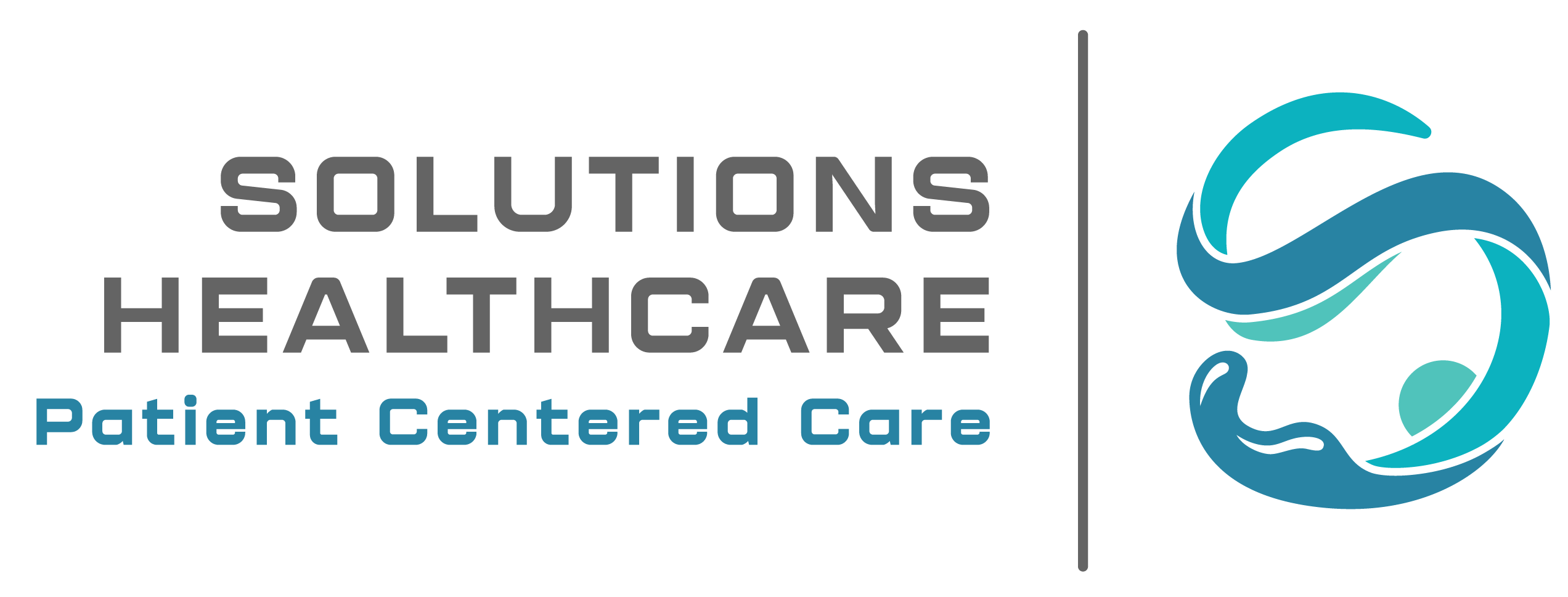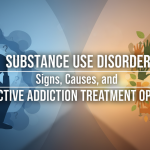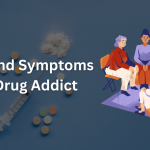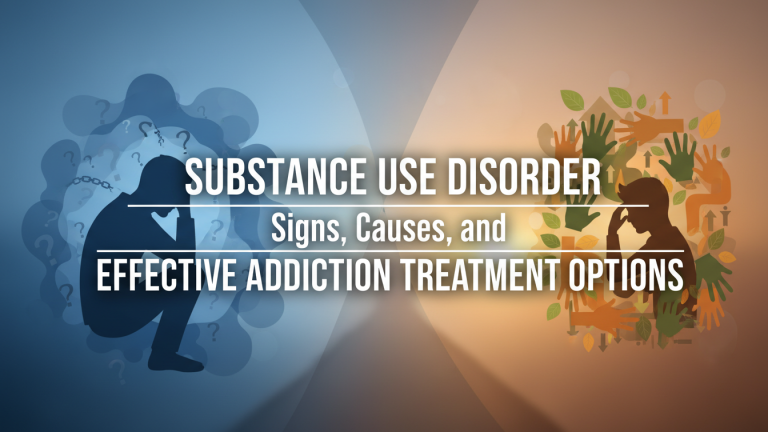Opioid addiction is a complex and devastating issue, and when people seek treatment for it, they often need a comprehensive solution. One of the most popular treatments for opioid addiction is medication-assisted treatment (MAT) with medications like Suboxone.
Suboxone, when combined with behavioral therapy and counseling, has been proven effective in helping people overcome opioid addiction. However, like any other medication, Suboxone does not come without potential side effects and risks.
If you are struggling with opioid addiction, understanding the potential side effects of Suboxone can help you determine if the medication is right for you.
How Does Suboxone Work?
Suboxone is a prescription medication that contains buprenorphine and naloxone. Buprenorphine, a partial opioid agonist, binds to opioid receptors and helps curb withdrawal symptoms and cravings. Naloxone, an opioid antagonist, blocks opioid receptors and prevents misuse of the medication. If people try to inject Suboxone, the naloxone in it causes sudden withdrawal symptoms–a mechanism which is thought to reduce the abuse potential of Suboxone.
Common Side Effects of Suboxone
All medications have the potential to cause side effects. Common side effects of Suboxone are:
- Nausea and vomiting – Digestive disturbances are common side effects of Suboxone, especially during the initial phases of treatment. These symptoms can vary in intensity and usually subside over time. These are also common symptoms of opioid withdrawal.
- Headache – Some individuals might experience headaches as their bodies adjust to the medication. Staying hydrated and managing stress can help alleviate this side effect.
- Constipation – Opioid medications, including the buprenorphine in Suboxone, are known for causing constipation. Eating a high-fiber diet, getting plenty of regular exercise, and staying hydrated can help manage this issue.
- Insomnia and difficulty sleeping – Sleep disturbances, such as difficulty falling asleep or staying asleep, can occur during Suboxone treatment. However, it’s important to maintain a consistent sleep routine in early recovery, so you should communicate any concerns with your healthcare provider.
- Sweating – Excessive sweating, particularly at night, can be a side effect of taking Suboxone, however, it can also be a sign that your body is detoxing from opioids. Sweating can be managed through proper hydration and adjusting the temperature in your sleep environment.
- Anxiety and mood changes – Some individuals might experience shifts in mood, including increased anxiety. Mood changes are common with any medication used in medication-assisted treatment (MAT).
- Dizziness – Feeling lightheaded or dizzy upon standing up is a possible side effect of Suboxone and is often due to blood pressure changes. Talk to your doctor if your dizziness is severe and make sure to stand up slowly, taking caution when doing so.
- Lethargy or fatigue – Suboxone, like other opioid medications, can sometimes lead to feelings of tiredness or fatigue. Engaging in regular physical activity, adhering to a routine sleep schedule, and maintaining a balanced diet can help counteract this effect.
- Decreased libido – Changes in sexual desire or performance can occur while taking Suboxone. Your healthcare provider or therapist can provide individualized guidance on the best ways to manage this issue.
- Numb or tingling mouth/tongue – Suboxone comes in the form of a sublingual film that dissolves when placed under the tongue. However, it takes time to dissolve, and it may cause numbness, tingling, redness, or even pain in the mouth.
In most people, these side effects are mild and subside after a few days of taking the medication. However, if side effects persist or become more severe, be sure to talk to your healthcare provider about your symptoms. He or she may adjust your dose or prescribe an alternative medication.
100% Confidential Support is Available 24/7
No matter what you’re going through, you’re not alone. Our dedicated team is here to provide a safe, judgment-free space where you can talk openly and honestly. Whether you need emotional support, resources, or just someone to listen.
We’re here for you—completely confidential and always respectful of your privacy. Call us today!
Serious (But Rare) Side Effects and When to Seek Help
While most side effects of Suboxone are manageable and tend to diminish over time, there are serious reactions that warrant immediate medical attention. Severe side effects of Suboxone are rare, but they do happen. These include:
- Allergic reactions – Signs of an allergic reaction can include difficulty breathing, rash, itching, or swelling of the face, lips, or tongue. Seek medical attention immediately if you believe you are having an allergic reaction to Suboxone.
- Liver issues – Symptoms such as dark urine, yellowing of the skin or eyes (jaundice), or persistent abdominal pain could indicate liver problems. People who have pre-existing liver conditions should consult with their healthcare provider before starting Suboxone. People who are at an increased risk of liver issues may have their liver enzymes regularly tested while taking Suboxone to prevent harm to the organ.
- Breathing problems – Suboxone contains buprenorphine, a central nervous system depressant that can slow down breathing. Some people may be more sensitive to its effects. If breathing becomes slow or shallow, the body could be lacking oxygen, so seeking medical help is crucial. Breathing problems are more likely in people who are taking high doses of Suboxone. Respiratory depression only occurs in 1-10% of people who take Suboxone.
Some people experience no side effects at all. If your doctor prescribes Suboxone, it is because the benefits outweigh the potential risks.
Contact Solutions Healthcare
Battling with Drug and Alcohol Addition? Remember, you are not alone and we are here to help you!
What Alternatives to Suboxone Are Available?
Addiction treatment centers that offer medication-assisted treatment (MAT) may provide alternatives to Suboxone. Some of the most common alternatives are:
- Methadone – Methadone is a full opioid agonist that blocks the effects of other opioids and alleviates withdrawal symptoms. However, methadone has a greater potential for abuse and addiction than Suboxone, so it is not prescribed as frequently.
- Sublocade – Sublocade is a once-monthly injection of buprenorphine. It can be prescribed after seven days of oral buprenorphine treatment and can reduce cravings for opioid drugs.
- Vivitrol – Vivitrol is a once-monthly injection of naltrexone, a medication that can occupy opioid receptors and stabilize brain chemistry, resulting in fewer opioid cravings.
Most insurance providers cover the medications used during detox and treatment.
Learn More About Suboxone Treatment for Opioid Addiction
If you qualify, Suboxone can be a powerful tool in helping you recover from opioid addiction. To learn more about Suboxone treatment or to find out if Suboxone is right for you, please contact our team at Solutions Healthcare today.
References
- National Library of Medicine: Suboxone: Rationale, Science, Misconceptions, Retrieved August 2023 from https://www.ncbi.nlm.nih.gov/pmc/articles/PMC5855417/
- National Library of Medicine: Buprenorphine, Retrieved August 2023 from https://www.ncbi.nlm.nih.gov/books/NBK459126/
- Food and Drug Administration (FDA): Suboxone Label, Retrieved August 2023 from https://www.accessdata.fda.gov/drugsatfda_docs/label/2010/022410s000lbl.pdf






















